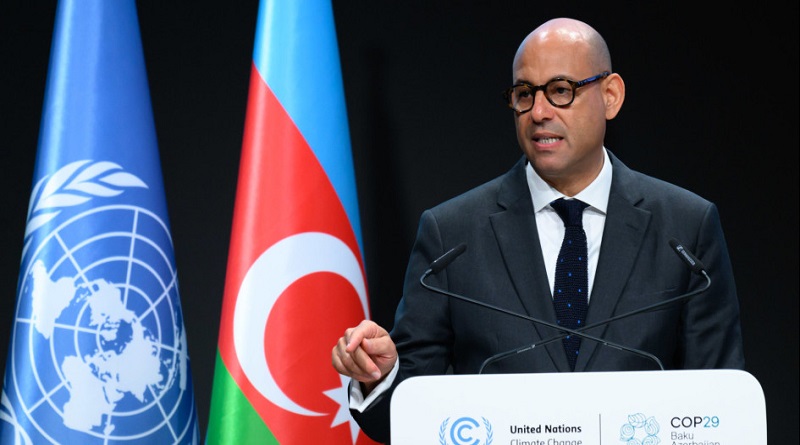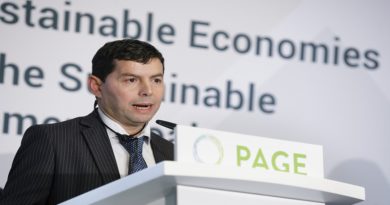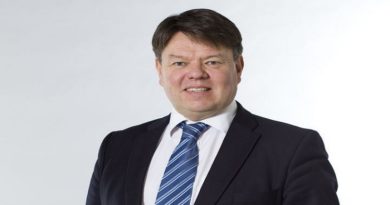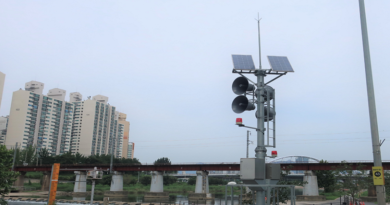Rules for managing emission reversal risks agreed by UN Body
A UN body tasked with operationalizing the Paris Agreement’s international carbon market has agreed rules that deal with the risk that emission removals credited under the mechanism might later be reversed.
Known as the Article 6.4 Supervisory Body, it is responsible for establishing the rules and infrastructure for the Paris Agreement Crediting Mechanism. This mechanism will allow countries and other actors to cooperate in reducing greenhouse gas emissions by generating high-integrity carbon credits, while also supporting sustainable development.
Meeting in Bonn this week, the Supervisory Body made substantial progress on a draft reversal standard, which sets out how to account for and manage situations where emission removals are later lost. It implements a key standard on removals agreed by countries at COP29 in November 2024.
“Getting to this point wasn’t easy – there were strong views on all sides and some very tough decisions to make,” said Martin Hession, Supervisory Body Chair.
“But we’ve landed on a standard that provides a firm foundation for addressing reversal risk in line with science. It also recognises the need for practical solutions to address the longer term. I trust that stakeholders will engage to ensure that we meet and deliver on the highest standards.”
Key points of discussion included how long projects storing emissions should be monitored for possible reversals, how to define “negligible” risk, what alternatives including full remediation and risk guarantees could allow projects to exit liability.
The new rules require for the monitoring of risks over a period to be approved by the Supervisory Body and provide incentives for investors to manage risk through monitoring and an insurance pool. They also lay out options to repay the risk early or pass it on to third party offering robust insurance and guarantees.
The rules were agreed on the basis that project methods, monitoring timeframes, and tools for both risk management and compensation will be grounded in the best available science and kept under continuing review.
The Supervisory Body agreed a Common Practice Analysis Tool, which helps check whether a type of project is already widespread in a region, ensuring that credits are only given for projects that go beyond what is already happening, a concept known as “additionality.”
Additionally, the Body agreed to accredit four further independent auditors tasked with validating and verifying projects – also known as a Designated Operational Entities (DOEs).
The Supervisory Body will meet again virtually on 29-30 October 2025, when it aims to adopt its first methodology under the Paris Agreement Crediting Mechanism.
At COP30, under CMA agenda item 15(b), countries will consider the Supervisory Body’s annual report to the CMA and can respond to the recommendations from the Body and provide additional guidance on the operation of the mechanism.




